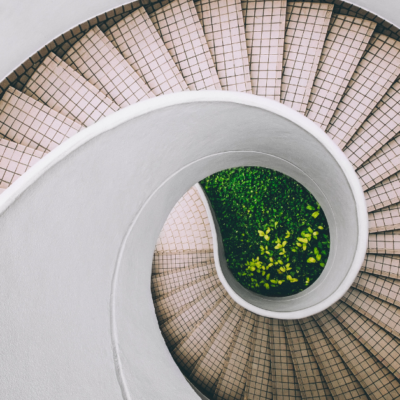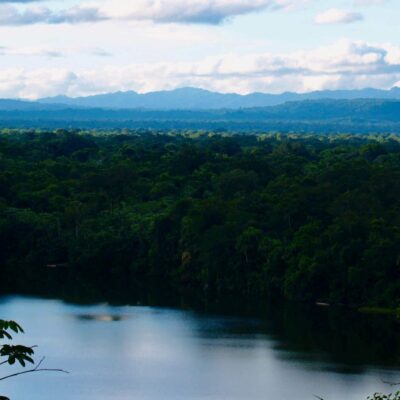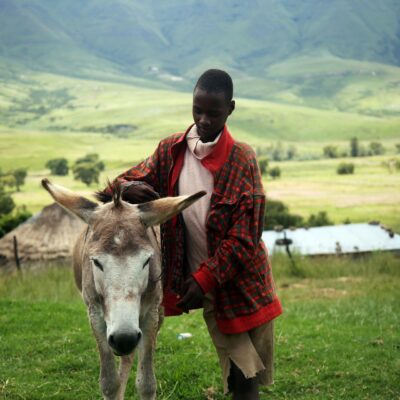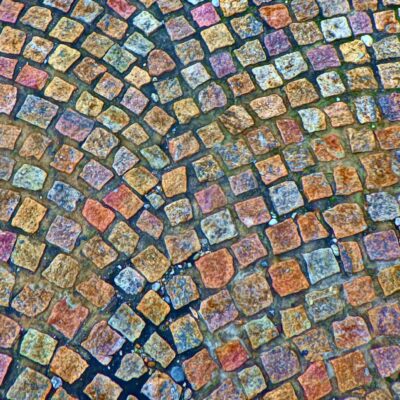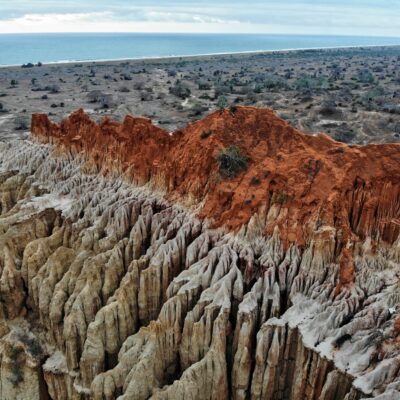 Photo: borgogniels / Getty Images Plus.
Photo: borgogniels / Getty Images Plus.
This is a summary of a post first published by the Swedish University of Agricultural Sciences.
A new study by researchers from SLU, CIFOR-ICRAF and the University of Wageningen provides new findings on the importance of land management and restoration practices for water security, based on data from 19 countries in sub-Saharan Africa.
The study, titled Determinants of Soil Field‐Saturated Hydraulic Conductivity Across Sub‐Saharan Africa: Texture and Beyond was published in Water Resources Research. Read it in full here: https://agupubs.onlinelibrary.wiley.com/doi/10.1029/2023WR035510
“A new study led by researcher Aida Bargués Tobella at the Swedish University of Agricultural Sciences (SLU), sheds new light on the factors influencing soil infiltration capacity in sub-Saharan Africa. The study analyses data from over 3500 plots across 19 countries, spanning different climates, soil types and land uses, from grasslands to forests. The data set includes measurements of infiltration, vegetation cover, and various soil properties.
This giant database of soil and land health indicators of sub-Saharan African soils is hosted at the World Agroforestry Centre (ICRAF) in Nairobi, Kenya, where Aida Bargués Tobella spent two years processing and analysing the soil infiltration data.
“ICRAF established the Land Degradation Surveillance Framework (LDSF) about 20 years ago in response to the need for indicator frameworks to measure and monitor soil and land health in a systematic, quantifiable, efficient and replicable way across landscapes. The LDSF database is one of the largest land health databases globally. It is one-of-a-kind, and it holds incredible potential” says Aida Bargués Tobella.
Of all the variables measured as part of the LDSF, soil infiltration is one of the most time-consuming measurements. A metal cylinder is inserted a few centimetres into the soil and filled with water. Over 2.5 hours, the cylinder is refilled at fixed time intervals, and the water level drop within the cylinder is measured with a ruler. The method is simple and manual, but effective and replicable virtually anywhere.
“This method is simple and robust and allows for a higher sampling intensity. You just need a metal cylinder, water, and a ruler. Characterizing the soil infiltration capacity over broad areas requires many field observations because infiltration varies greatly in space. It would be very difficult to obtain such many observations using more complex methods”, says Aida Bargués Tobella.”


